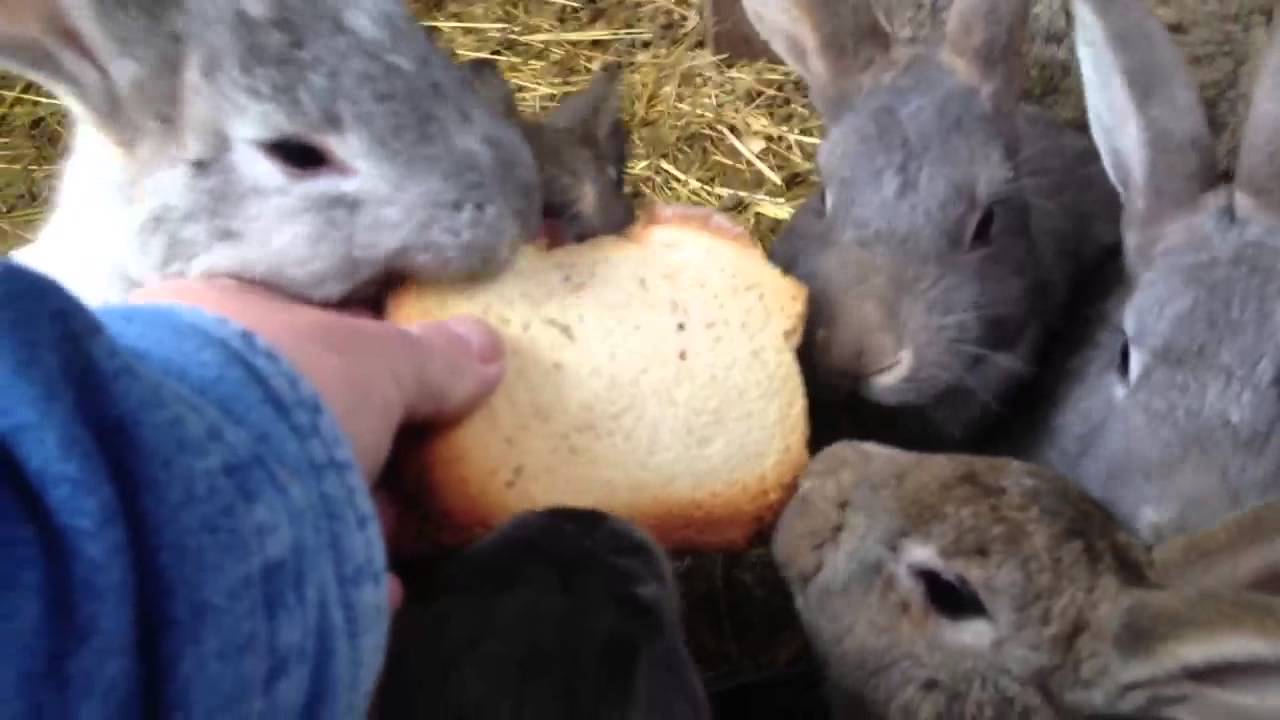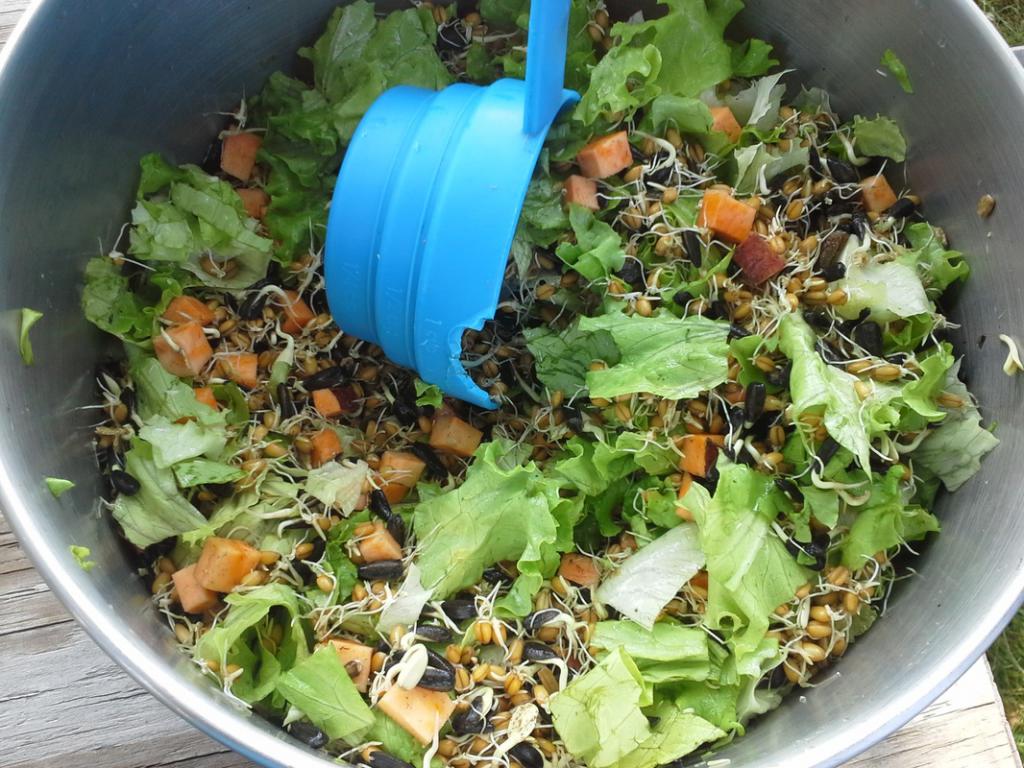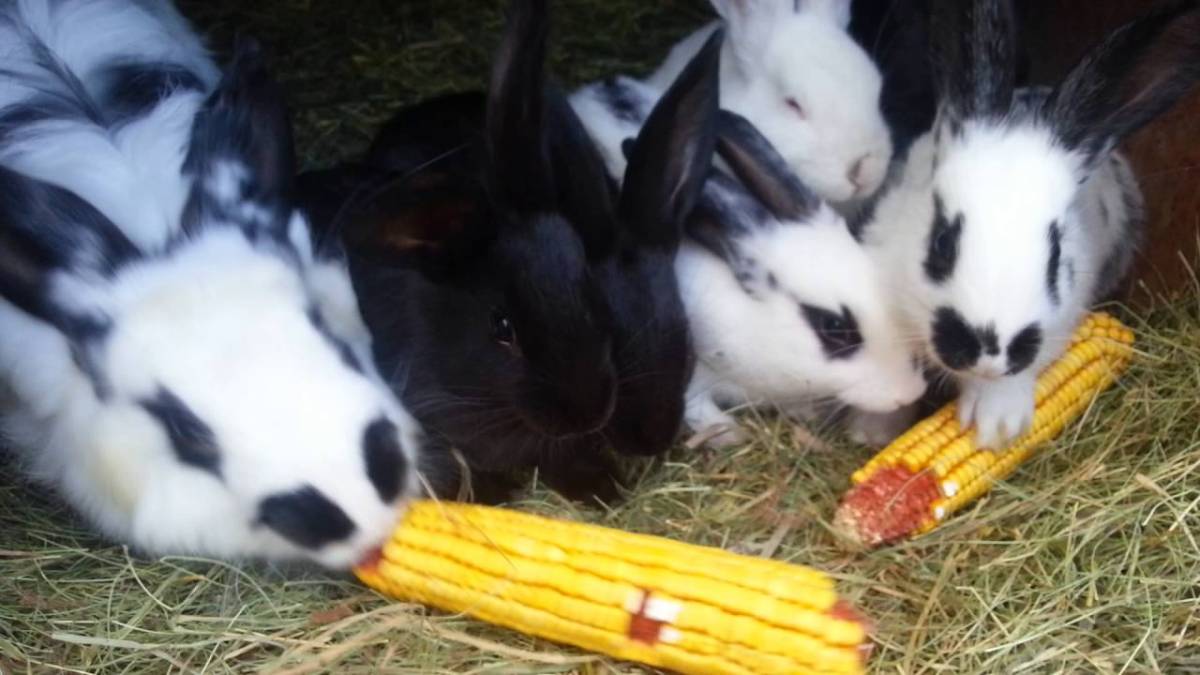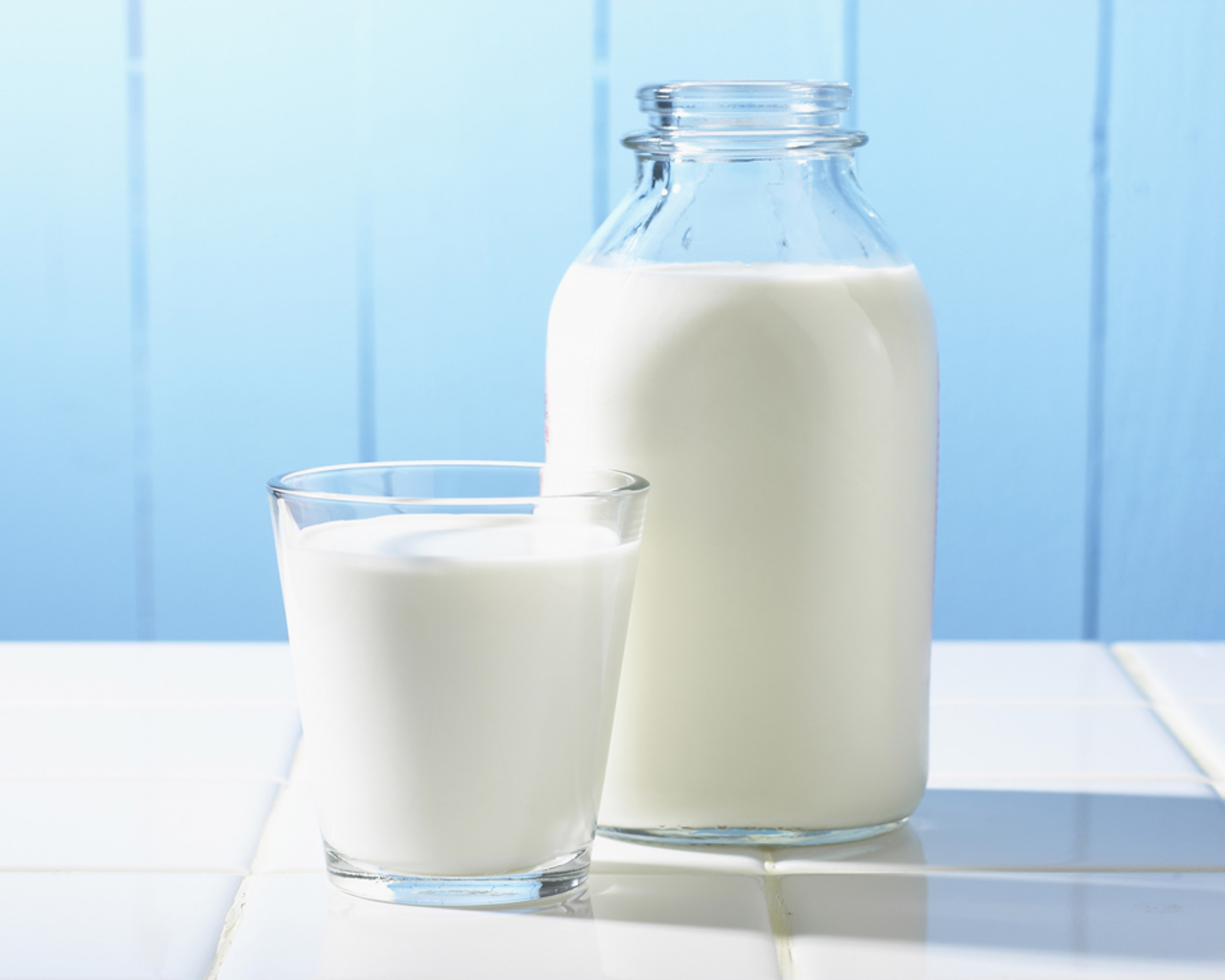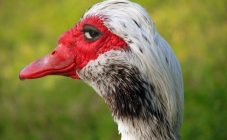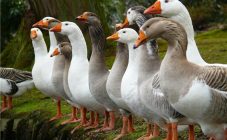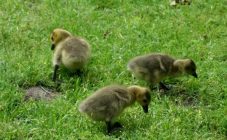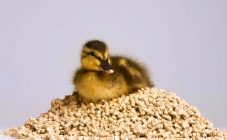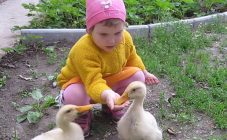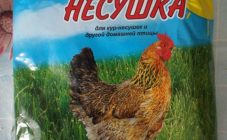Content:
Rabbits belong to the order of Lagomorphs, although they are often mistakenly classified as rodents. The difference between lagomorphs is that they have not one, but two pairs of incisors on their lower jaw, so they need more coarse, hard food to grind their teeth than rodents. In addition to food, there should always be something in the cage that can be gnawed on: branches of fruit trees (apple, pear, cherry) collected away from roads, mineral stones that can be purchased at pet stores, natural pumice, and so on. Otherwise, the animals will gnaw on the wooden parts of the cage, shortening its life, and also spoil the property when walking. Also, there should always be fresh hay in the cage, consisting of meadow grasses. When buying, be sure to check that it is clean, free of dust and small insects.
Another thing that rabbits need is a salt stone, animals lick it if the mineral-salt balance in the body is disturbed. They do this quite rarely, but it is better to ensure the constant presence of a stone in the cell. For large farms or subsidiary farms, it is better to purchase salt stones for livestock and saw them into small pieces, it will be much more profitable.
The main types of feed and nutritional rules
There are several types of food that domestic rabbits eat:
- A roughage of plant origin with a high fiber content, usually hay. The best is the hay of legumes or meadow grasses dried in the shade. It, unlike dried in direct sunlight, retains all the beneficial properties of herbs and has a high calorie content. Such hay can be identified by its characteristic green color, while the rest quickly fades and becomes dull yellow.
- Juicy food - fresh fruits and vegetables. Usually these are carrots, cabbage, fodder beets, apples, and so on. They usually contain a large amount of vitamins and minerals, therefore they are necessary in the diet of rabbits. Succulent food should be varied and include all available types of permitted fruits and vegetables.
- Green food - freshly harvested green plants. It has a low calorie content due to its high water content (up to 90%). It is given only in combination with other feeds to gain daily calories.
- Concentrated feed. Some farms use special herbal granules for feeding rabbits, which include milled hay and cereals. This feed is called farm granulate, and, according to the seller, is suitable not only for rabbits, but also for some types of rodents: guinea pigs, chinchillas, hamsters. Such feeding is very convenient: you do not need to look for a place to store hay, and it is much easier to pour pellets into the feeder than to apply hay, which leaves a lot of garbage. But this option has its drawbacks. For example, the composition of the granulate cannot be checked. Despite the sellers' words, there may be sun-dried hay, a high content of cereal and sunflower seeds, as well as various impurities that are not indicated in the composition, for example, sawdust.
In pet stores, more and more often you can find ready-made food than feeding rabbits at home for beginners, which in composition meet all the necessary requirements.They should be checked for dust and small insects before use. Such food should be stored in a warm place protected from sunlight.
How to give correctly:
Green feed
The best option for green food for rabbits is considered to be alfalfa, turnip, dandelion (both leaves and flowers), nettle. Moreover, they must be collected in clean places and must be scalded with boiling water before feeding. Green fodder also includes tops of carrots, radishes, beets, which rabbits eat with great pleasure. However, it should be remembered that green food contains a large amount of water, which is why they have a low calorie content, so it is better to give them in combination with roughage.
Juicy feed
The best option for juicy food is seasonal vegetables and fruits grown on a personal subsidiary farm. At the end of summer, these are watermelons, melons, corn, and at the beginning of autumn - carrots, beets, radishes, silage. You should not give a large amount of juicy food at a time and get too carried away with one type of vegetables or fruits.
Also, experienced rabbit breeders do not recommend giving the eared a large number of legumes (beans, peas), as they provoke the development of coccidiosis and bloating.
Roughage
There should always be enough hay in the cage. It is inconvenient to give it on those farms where the cage floors are made of a lattice, since dry grass simply falls into the pallet. In such cases, the hay is pressed and cut into briquettes, which are then conveniently placed in the cages. At home, rabbits are given a sennitsa - a wooden box with a grate, chock-full of hay. You can either buy it or make it yourself. Rabbits draw as much hay from the sennitsa as they can eat at the moment. Simply placing hay on the floor of the cage will stain it in feces and hair, which can then be swallowed by rabbits and can cause vomiting, diarrhea, or intestinal obstruction.
Fresh or dried tree branches should also be kept in the cage at all times. It is necessary to ensure that the branches are not too thin, otherwise the rabbits will quickly bite them, do not have sharp twigs and splinters. Before using, the branches must be scalded with boiling water to get rid of possible parasites. Rabbit breeders, whose pets are not very fond of gnawing branches, go to the trick: they saw thick pieces of wood, put food or other delicacies there, and use self-tapping screws to collect everything back. The rabbit senses food and will have to chew on a branch to get it.
Diet formulation and feeding regimen
When compiling a diet, it is important to take into account the age, breed and health of the animal. It is convenient to calculate the feeding rate of rabbits in feed units, for example, taking one unit for 1 g of oats. So, a list of norms in the number of units for medium-sized rabbits:
- animals not intended for breeding - 110-170;
- in preparation for mating - 170-210;
- pregnant female - 200-240;
- lactating female in the first 2 weeks after birth - 260-320;
- lactating female with one month old rabbits - 430-500;
- lactating female after a month after birth - 550-700;
- rabbits up to 3 months - 100-150.
On average, the amount of roughage should be 50-60% of the total rabbit feed, 40% is allocated for juicy and green feed. At the same time, it is important to understand that for rabbits of decorative breeds (Dutch, Braband), a smaller amount of food will be enough than for their larger counterparts.
If rabbits are kept for meat, then they should be given more high-calorie foods, such as oats, wheat, mixed feed, and exclude hay and fresh grass from their diet.For overweight animals, you can replace part of the compound feed with hay or juicy feed, but in no case just reduce its amount. For long-haired rabbits it is sometimes necessary to add flaxseed to the feed, as it has a beneficial effect on the quality of the wool.
In addition to food, there must be fresh water in the cage. It is necessary to ensure that no droppings, hay or feed residues get into the drinker and change the water in time. If possible, it is better to make a drinker for rabbits in a drip form. Firstly, this will prevent food from entering and spoiling water, and secondly, animals will not be able to turn it over.
Features of feeding depending on the season
At different times of the year, you need to adjust the pet diet. For example, in spring and summer, when greenery appears, give your rabbits more fresh grass. These should be branches of fruit trees and meadow grasses collected away from roads. You can also include in the diet of animals carrot, beet tops and weeds: plantain, burdock, dandelion. For this period, it is better to give hay in minimal quantities or remove it altogether.
In the fall, you need to include seasonal products in the diet of your pets, especially if they were grown in your garden without the use of any chemicals. You can also freeze or dry vegetables and fruits to provide your pets with vitamins in winter.
In the cold season, the activity of rabbits is noticeably reduced, so at this time it is better to remove fatty foods such as wheat, sunflower seeds from the diet in order to avoid excessive weight gain. This is especially dangerous for young females, since with an excess of adipose tissue, they will not be able to cover after winter.
Not recommended rabbit food
Since rabbits are herbivorous animals, they should not be allowed to eat anything from animal products. Meat, milk (including its derivatives), eggs, although they have good vitamin values, are completely unsuitable for rabbit nutrition. Any food containing meat and bone meal, offal, dairy products should not be given to pets in any case. Likewise, pets should not be allowed to eat foods from the human table. Chocolate, alcohol, flour, fried, sweet (including any commercial juices with a high sugar content), pasta and baked goods are the direct enemies of rabbit stomachs.
Store-bought sticks (of any manufacturer), on which various grains are glued, are not suitable for rabbits. Firstly, the adhesives contain honey, which is a dangerous product for rabbits; secondly, the content of carbohydrates in one such stick exceeds the daily requirement for one animal. If you wish, you can make sticks with goodies yourself. To do this, take the food allowed for rabbits, mix with hay and use starch to stick this mixture on a wooden stick.Such a delicacy will definitely appeal to pets and will not do them any harm.
Many store-bought treats, even made especially for rabbits, contain sugar, honey, and other substances harmful to animals. Therefore, it is always better to give the rabbits fresh food without any processing or create various treats with your own hands. The same can be said for various vitamins and supplements. With a balanced diet, rabbits receive the required amount of the necessary substances, so they do not need any additional vitamin complexes. Medicines can only be given in case of illness and only in consultation with the veterinarian.
Also, branches of poisonous trees and shrubs are not suitable for rabbits: lilacs, wolf berries, poplar, conifers. Also, they should not be given citrus fruits (lemons, oranges) and herbs (parsley, garlic). While walking the rabbit around the house, you need to isolate all indoor plants from it, since poisonous varieties are very common, as well as flavored with a large amount of fertilizer.
Thus, observing all the requirements for feeding, rabbit breeders will receive a healthy livestock that is not afraid of any ailments.
